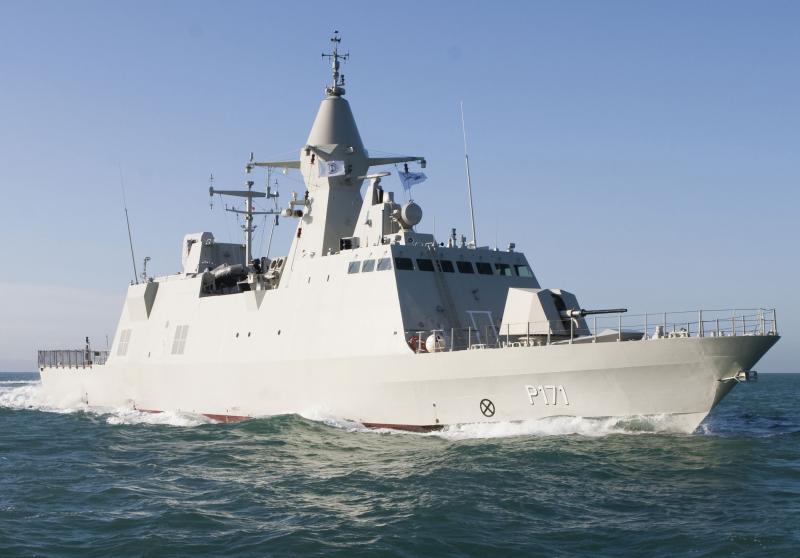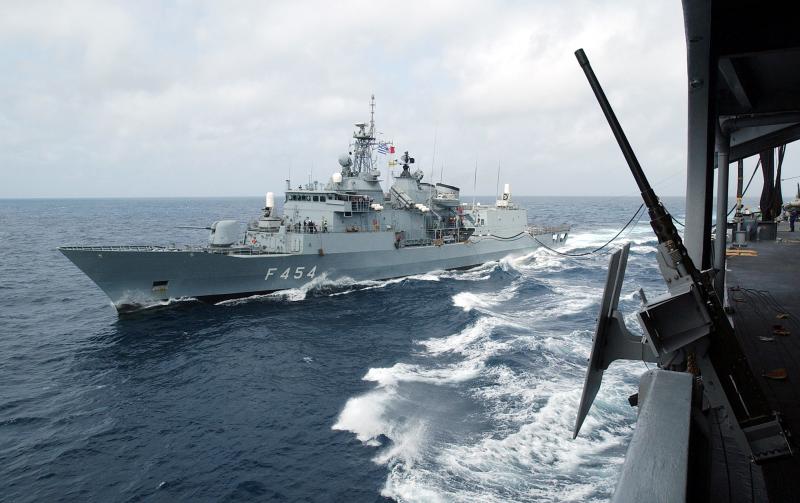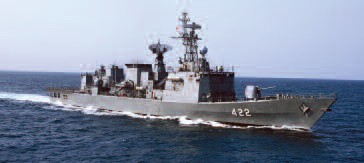
Almirante Grau - The last classic cruiser
The Peruvian cruiser Almirante Grau is currently the last operating representative of classic light cruisers from the Second World War. This veteran has an unusually intricate past, full of various twists.










We believe that there are people with different interests and experiences who could contribute their knowledge and ideas. If you love military history and have experience in historical research, writing articles, editing text, moderating, creating images, graphics or videos, or simply have a desire to contribute to our unique system, you can join us and help us create content that will be interesting and beneficial to other readers.
Find out more